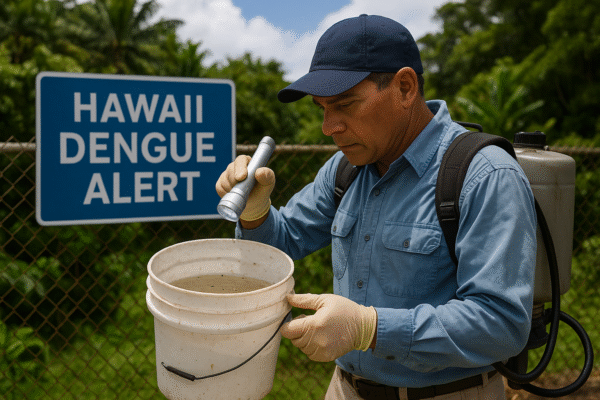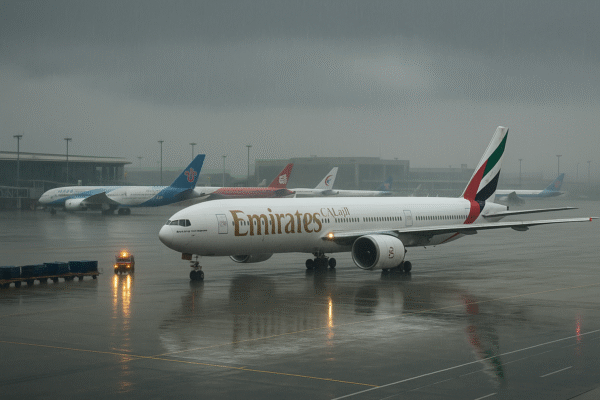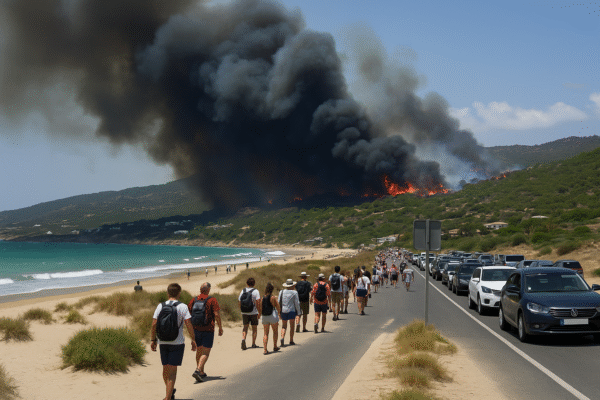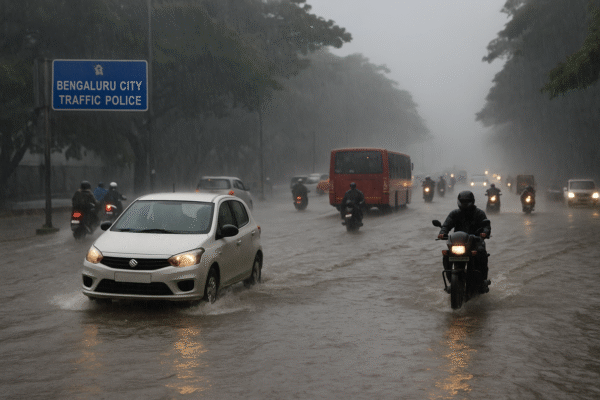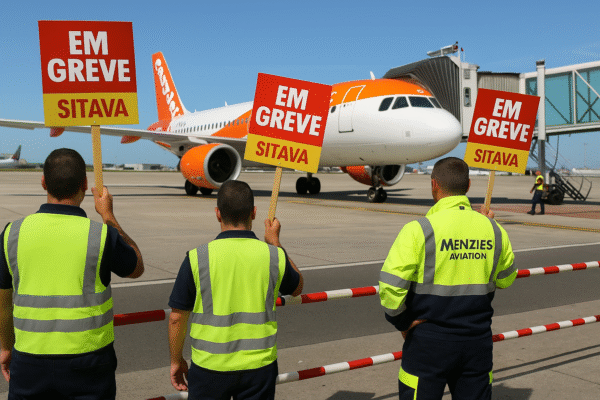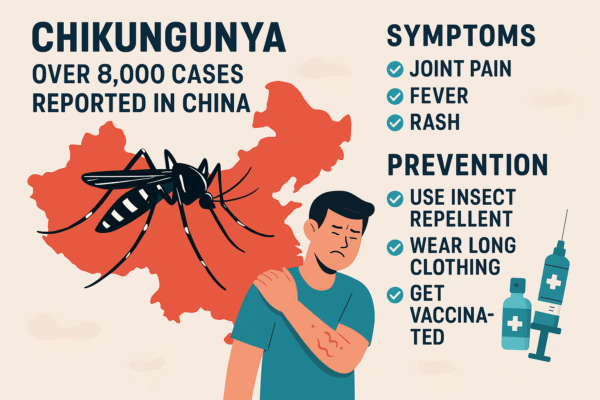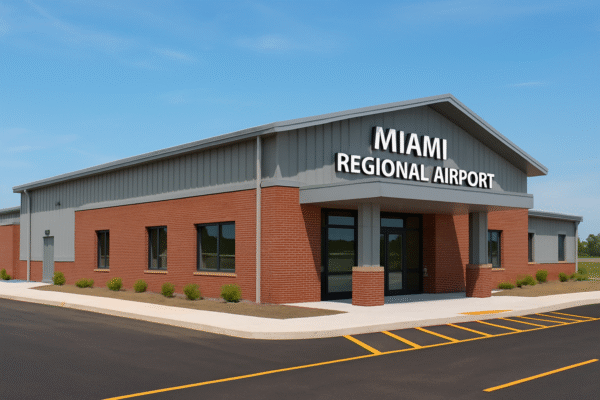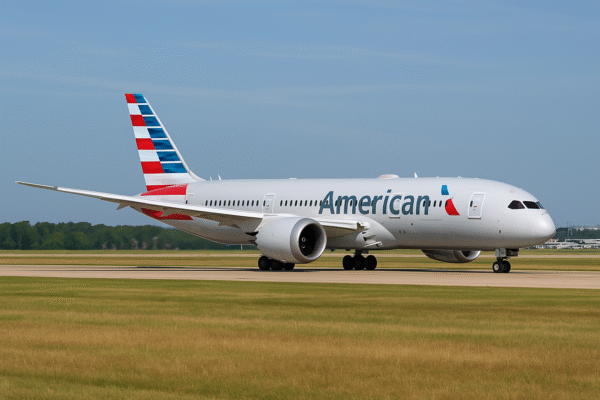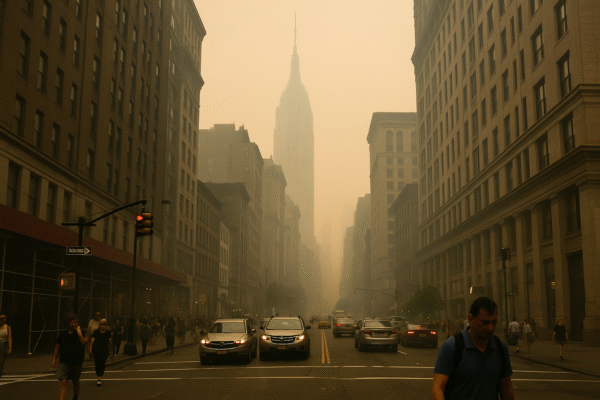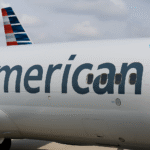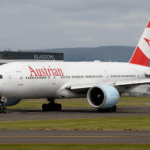A sweeping weather crisis is unfolding across the Northeast United States and eastern Canada, as thick wildfire smoke from Canada combines with a record-breaking heatwave. States such as New York, Vermont, Michigan, and Maine—along with Ontario—are experiencing hazardous air quality, sweltering temperatures, and significant travel delays. The dual threat is prompting health warnings, disrupting transportation networks, and challenging tourism operations during the peak summer season.
Wildfire Smoke Descends from Canada, Chokes US Cities
Driven by hundreds of wildfires burning across Quebec and Ontario, heavy smoke is descending southwards, blanketing the Great Lakes and much of the Northeastern corridor. According to the Canadian Interagency Forest Fire Centre, over 1,000 active wildfires are burning nationwide, with smoke extending into American cities.
Skies are turning grey in cities like Buffalo, Albany, and Boston, while visibility has dropped significantly across highways, airports, and scenic attractions. Morning air quality is particularly hazardous due to temperature inversions that trap smoke near the ground.
Health authorities in both the U.S. and Canada are urging residents—especially children, seniors, and those with respiratory conditions—to limit outdoor activity and monitor local Air Quality Index (AQI) alerts. N95 masks and indoor air purifiers are being recommended to minimize exposure.
Heatwave Intensifies, Breaking Records in the Region
Alongside the smoke, a dome of high pressure is driving an intense heatwave across the Great Lakes and Northeast. Temperatures have soared into the high 90s Fahrenheit (mid-30s Celsius), with RealFeel® values exceeding 100°F (38°C) in cities including New York City, Philadelphia, and Toronto.
Meteorologists from AccuWeather® have warned that this persistent heat dome could remain through mid-August. Record-breaking temperatures have already been noted in Montreal and parts of New England, where local cooling centers are being opened for vulnerable populations.
Impact on Travel and Transportation
Travel has been heavily disrupted by the hazardous conditions. Toronto Pearson International Airport, JFK, and Boston Logan have reported flight delays due to low visibility. Amtrak and VIA Rail services are also operating with delays and limited capacity. Highways across the region have seen slower traffic and safety warnings.
Tourism boards in regions like Maine, Vermont, and Quebec are updating visitors with real-time safety advisories. Popular outdoor events, lake tours, and hiking excursions have been scaled back or cancelled, hurting the local tourism economy during what is typically a high-revenue period.
Eastern Canada Feels the Heat
In Ontario and Quebec, major urban centers such as Ottawa and Montreal are experiencing weather conditions hotter than Miami. Environment and Climate Change Canada has issued heat advisories across several provinces. Local reservoirs are drying up, and some municipalities are enforcing water usage restrictions.
Officials are also warning of increased wildfire risks in southern parts of Canada due to dry ground conditions. The Canadian government’s weather and climate data portal confirms below-average rainfall and rising fire risks across Eastern Canada.
Rising Health and Safety Concerns
This combination of wildfire smoke and extreme heat is straining public health systems. Emergency departments in New York, Toronto, and Detroit have seen spikes in heat exhaustion and respiratory illness cases.
The CDC and Public Health Agency of Canada advise residents and tourists to stay hydrated, avoid strenuous outdoor activities, and seek shade or air-conditioned areas. Travel and tourism companies are being encouraged to distribute wellness kits that include water, cooling towels, and protective masks.
Tourism and Outdoor Events Adjust
Tourism-dependent destinations such as the Finger Lakes, White Mountains, and Muskoka region are adjusting to the crisis. Travel operators are pivoting to indoor attractions like museums, aquariums, and cultural centers to keep tourists engaged.
Airbnb hosts and hotels are posting safety messages and flexible cancellation policies to accommodate impacted travelers. National parks in both countries are monitoring fire risk levels and posting closures as necessary.
Climate Change Signals Larger Trends
Experts say the current conditions are a preview of future climate-linked travel challenges. “This is not just a bad summer—it’s a sign of shifting weather extremes,” said Dr. Emily Shore, a climatologist at the University of Michigan.
Longer wildfire seasons, hotter summers, and more intense storms are reshaping the peak travel calendar. Both U.S. and Canadian governments are investing in early warning systems, traveler education, and infrastructure upgrades to manage the impacts.
What Travelers Should Do
Travelers are advised to:
- Check AQI and weather alerts before planning outdoor trips.
- Rebook travel during cooler, clearer days where possible.
- Use airport and transit mobile apps for delay updates.
- Wear masks in smoky areas and stay hydrated.
- Follow tourism boards for safe activity recommendations.
Final Thoughts
As New York, Vermont, Michigan, Maine, and Ontario brace for another wave of smoke and heat, the intersection of climate and tourism becomes impossible to ignore. Both travelers and industry professionals must adapt to a new reality—where health, safety, and environmental awareness take center stage.
For more travel news like this, keep reading Global Travel Wire




